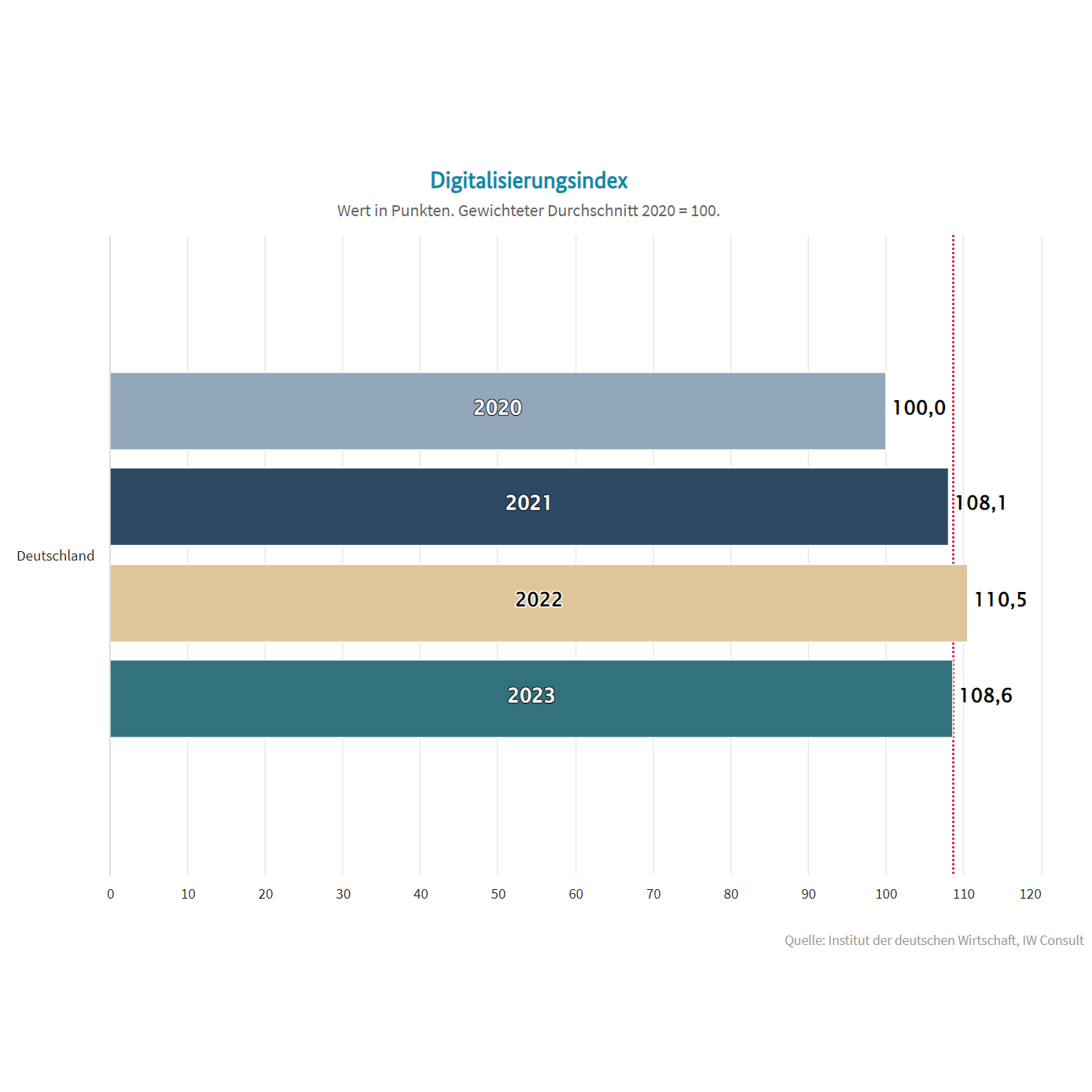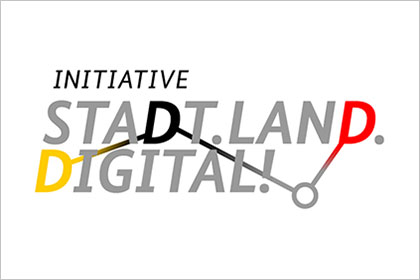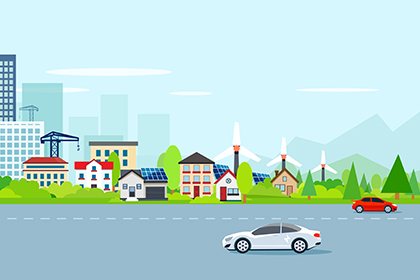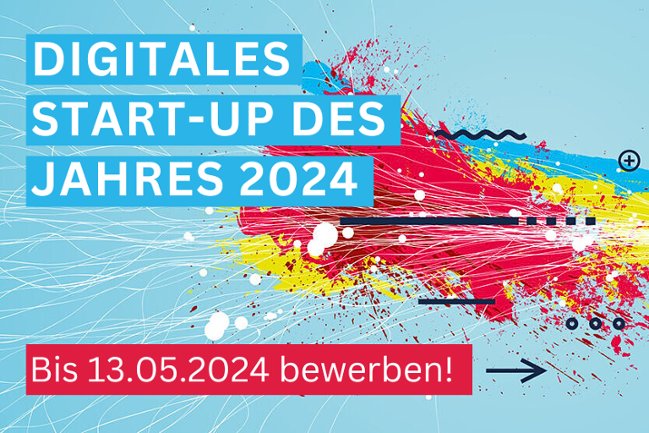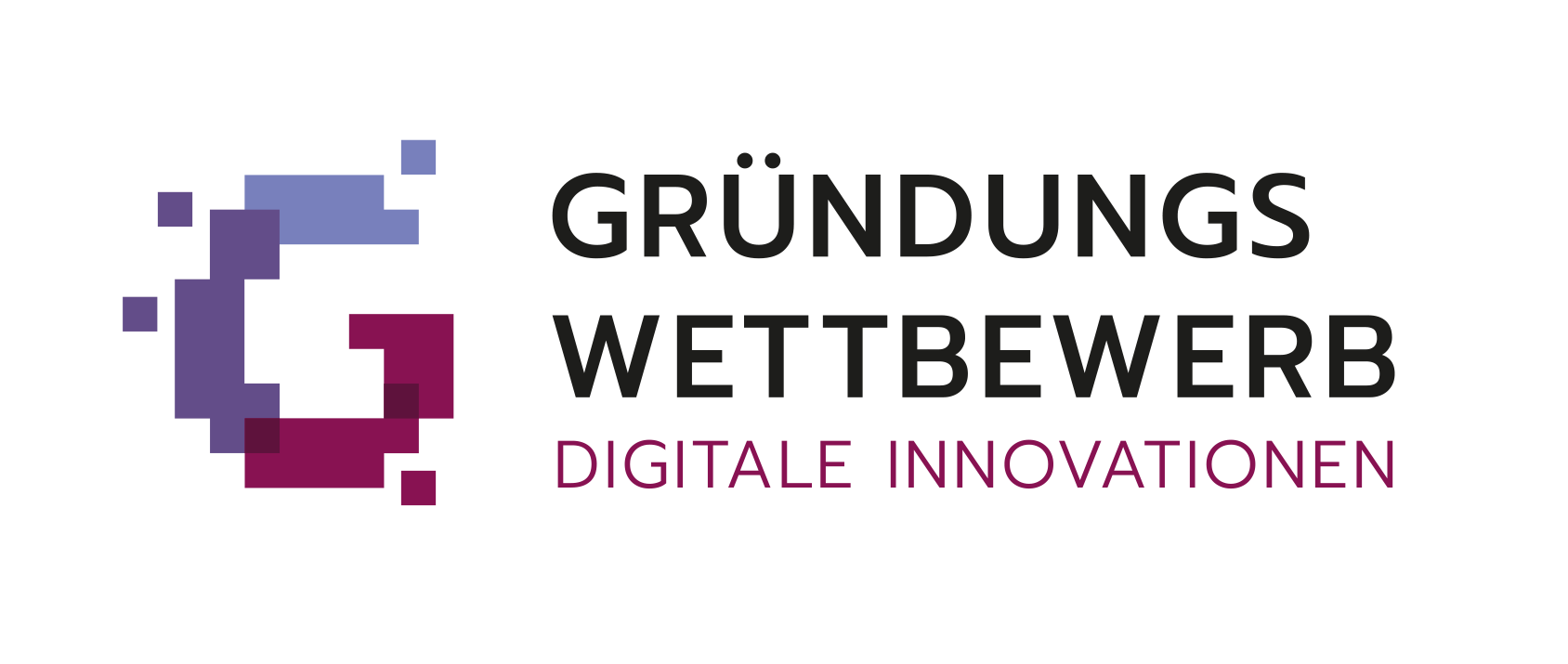Hauptmenü
- Startseite
-
Lagebild
-
Was ist Digitalisierung?
-
Was wird untersucht?
-
Künstliche Intelligenz
Wie wird KI in Produkten, Dienstleistungen oder internen Prozessen heute bereits eingesetzt?
-
Digitalisierungsindex
Wie digital fortgeschritten ist die deutsche Wirtschaft?
-
Technologie- und Trendradar
Welche neuen digitalen Technologien und Trends haben eine besondere wirtschaftliche Bedeutung?
-
Produktivitätseffekte der Digitalisierung
Welchen direkten und indirekten Einfluss hat die Digitalisierung auf die Produktivitätsentwicklung?
-
IKT-Branchenbild
Welchen Beitrag leistet die IKT-Branche zur Digitalisierung der deutschen Wirtschaft?
-
Schwerpunktstudie
Digitalisierung und Energieeffizienz: Status Quo in deutschen Unternehmen
-
Kompetenzbarometer
Wie gestaltet sich die regionale Fachkräftesituation in den zentralen Digitalisierungsberufen?
-
Satellitenkonto
Welche Rolle spielt die digitale Wirtschaft im Kontext der Volkswirtschaftlichen Gesamtrechnung?
-
-
Stadt.Land.Digital
Die Initiative
-
Stadt.Land.Digital
Informieren Sie sich hier über die Hintergründe der Initiative
-
Ergebnisse der Initiative
-
-
Wettbewerbe
Gründungswettbewerb – Digitale Innovationen
-
Der Wettbewerb im Überblick
Neues und Wichtiges auf einem Blick.
-
Mitmachen
Alles, was es zur Teilnahme zu wissen gibt.
-
Service & Kontakt
Sprich uns gerne an!
-
Digitales Start-Up des Jahres
Alles zum Preis Digitales Start-Up des Jahres
-
-
Digital-Gipfel
Digital-Gipfel
-
Digital-Gipfel 2023
-
Digital-Gipfel Plattformen
Im Überblick: Alle Plattformen des Digital-Gipfels
- Plattform 1 „Vernetzte und datengetriebene Wirtschaft und Gesellschaft“
- Plattform 2 "Innovative und nachhaltige Digitalisierung der Wirtschaft"
- Plattform 3 "Lernende Systeme | Digitale Kompetenzen"
- Plattform 4 "Digitalisierung der Arbeitswelt"
- Plattform 5 "Transformation gestalten – Daten intelligent nutzen"
- Plattform 6 "Kultur und Medien"
- Plattform 7 "Verbraucherpolitik und Nachhaltigkeit in der digitalen Transformation"
- Plattform 8 "Digitalisierung in ländlichen Räumen und in der Landwirtschaft"
-
- Glossar
- Mediathek
- EN
Suche

